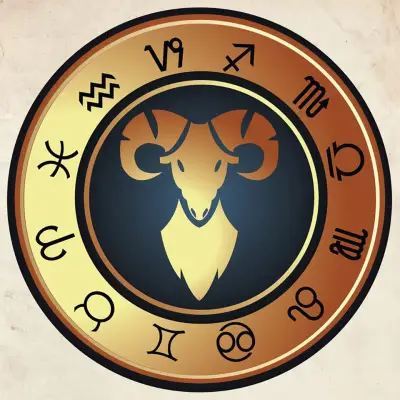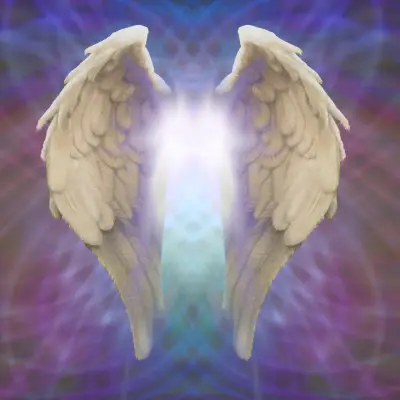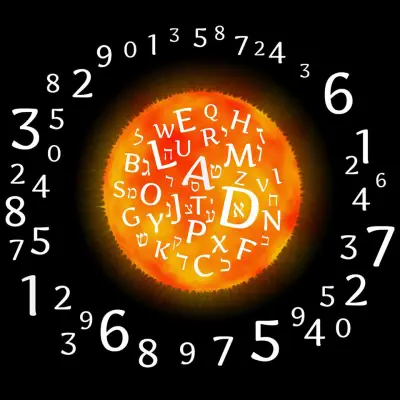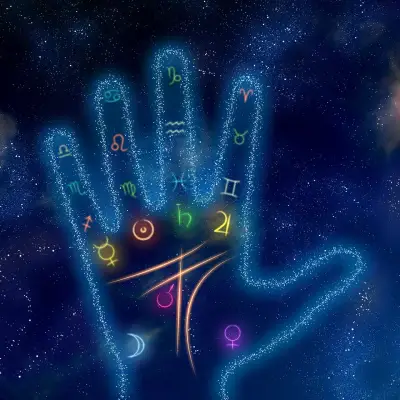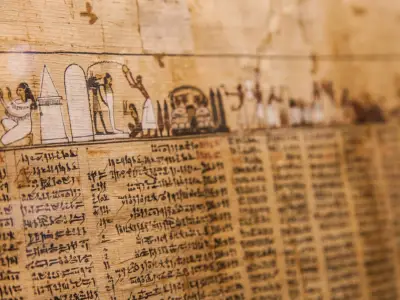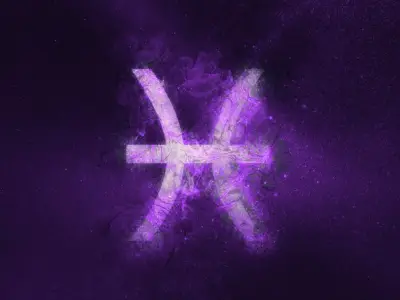When you gaze up at the night sky, each star and pattern tells its own story. Among these celestial tales, the Cancer constellation holds special insights for those born under this sign. Whether you're a Cancer zodiac or are simply captivated by the stars, exploring this constellation can offer insights into astronomy and the ancient stories woven around it.
This post will explore the fascinating aspects of the Cancer constellation—from its key stars to its rich mythology.
Jump to:
What is the Cancer Constellation?
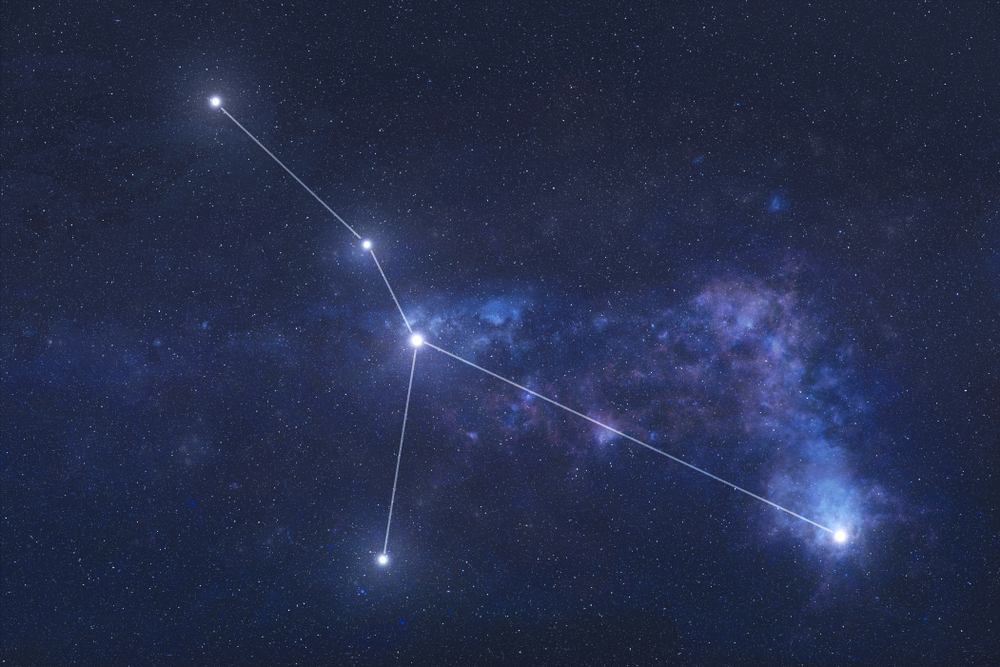
The Cancer constellation, often symbolised by the crab, is a notable figure in the night sky but not for its brightness; in fact, it's one of the fainter zodiac constellations. Despite this, Cancer holds significant astronomical and astrological importance.
Positioned between Gemini to the west and Leo to the east, this constellation is best visible in the northern hemisphere during early spring. Historically and mythologically, it represents the crab from the Greek legend of Hercules, linking it to themes of bravery and struggle.
Stars in Cancer
The Cancer star constellation may not boast the brightest stars, yet its stellar arrangement is worth viewing. The main stars in Cancer include:
- Al Tarf (Beta Cancri) - The brightest star in Cancer, named for its position as the "end" or "edge," offers a soft, yellowish hue and is found at the edge of the crab’s southern leg.
- Acubens (Alpha Cancri) - Located on the crab’s lower claw, this star is a multiple-star system with at least four components, making it a fascinating subject for amateur astronomers.
- Iota Cancri - A beautiful double star, easily split by small telescopes, features contrasting colours of yellow and blue.
Together, these stars create the intriguing figure of the crab in the sky.
Recommended for you!
Best SellersHow to Observe the Cancer Constellation
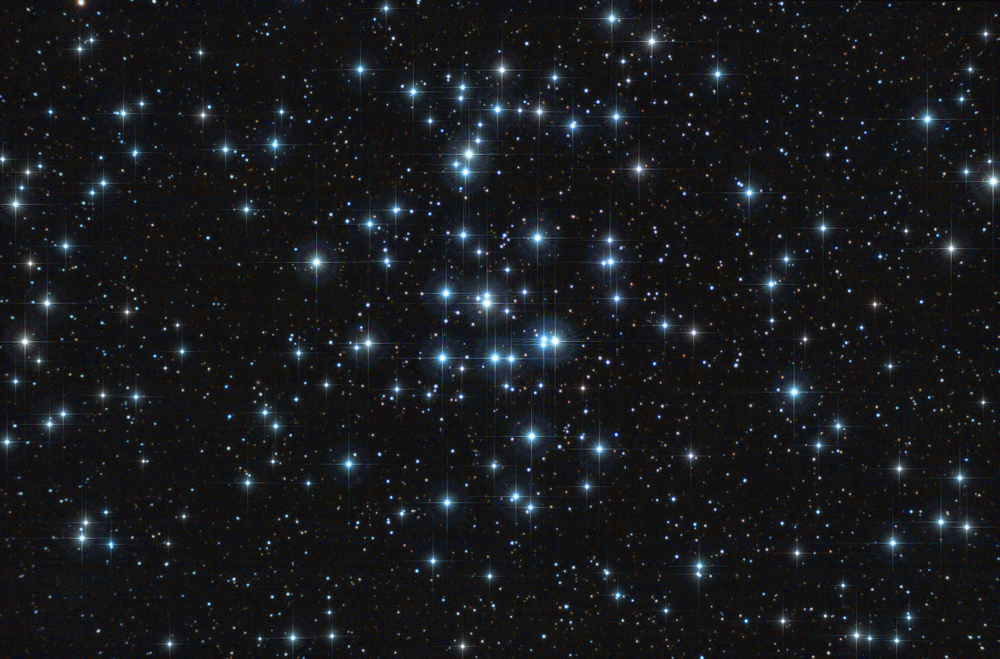
Observing the Cancer constellation can be a delightful experience, although it requires a bit of patience due to its relatively faint stars. Here are some tips to help you spot this elusive constellation:
- Choose the Right Time: The best time to observe Cancer is during late winter to early spring, specifically from February to May. During these months, Cancer is well positioned in the sky for evening observation.
- Find a Dark Sky Location: To see Cancer clearly, find a location away from city lights. The darker the sky, the better your chances of spotting the faint stars of Cancer.
- Use Binoculars or a Small Telescope: While Cancer is visible to the naked eye under good conditions, using binoculars or a small telescope can enhance your viewing experience. These tools can help bring out the dim stars and make it easier to discern the crab's shape.
- Identify Nearby Landmarks: Locate the more prominent constellations of Gemini and Leo, which flank Cancer on either side. Gemini is to the west with its bright stars Castor and Pollux, and Leo to the east, recognisable by the backwards question mark or sickle forming the lion’s mane. Cancer lies subtly between these two.
- Look for Key Stars: Focus on identifying Cancer’s brighter stars such as Al Tarf and Acubens which can serve as markers to help trace the rest of the constellation.
- Trace the Shape: Once you’ve located the main stars, try to trace the iconic crab shape or imagine the outline connecting these stars. Remember, Cancer is known for its faintness, so seeing its shape can take some time and imagination.
What is the Myth Behind the Cancer Constellation?
The cancer constellation is richly intertwined with Greek legends. The most notable myth involves Cancer the crab in the story of Hercules and his twelve labours. As the tale goes, while Hercules battled the multi-headed Hydra, the goddess Hera sent a small crab to distract him.
Although the crab was quickly defeated, in recognition of its effort, Hera placed it among the stars. This myth also illustrates themes of sacrifice and support, albeit in a small role within a larger epic.
Cancer in Astrology
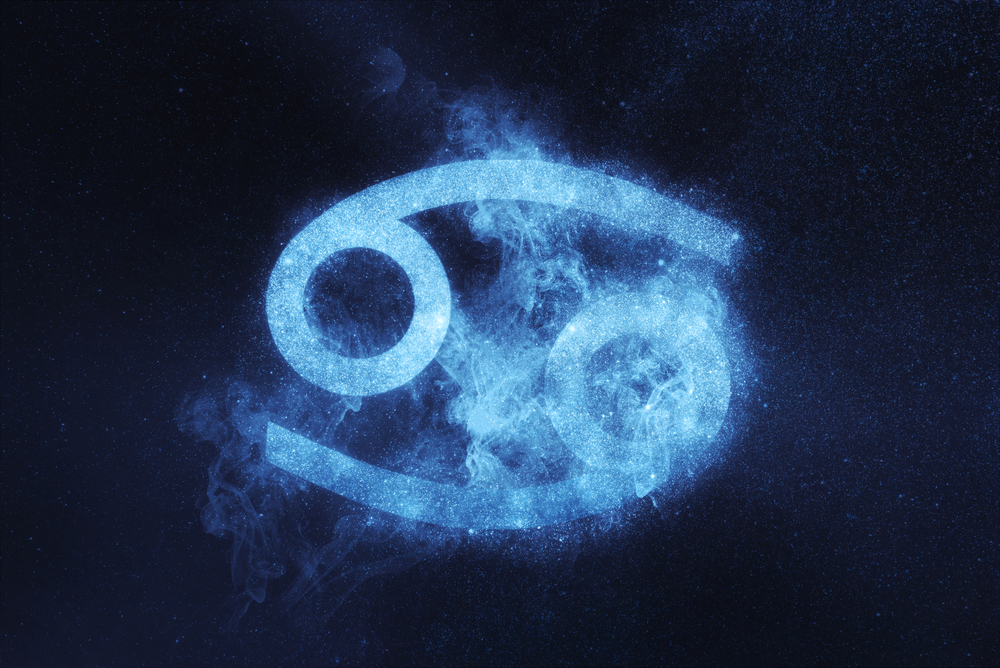
In astrology, the Cancer zodiac is associated with sensitivity, emotion, and nurturing qualities, reflecting the crab's protective nature. People born under the Cancer star sign (typically between June 21 and July 22) are often considered to have intuitive and caring characteristics. This connection between the celestial configuration and personal traits underscores astrology's role in linking human behaviours with the cosmos.
Cancer and Its Planetary Connection
While exploring Cancer’s astronomical aspects, it's interesting to note its relationship with the Moon. Astrologically, the Moon is said to rule Cancer, enhancing traits of emotionality and intuition. This planetary connection enriches the understanding of Cancer’s influence, emphasising the deep, reflective qualities attributed to those it governs.
Frequently Asked Questions About the Cancer Constellation
What are 2 facts about the Cancer constellation?
- Nicknamed the "Dark Sign": Due to its faint stars, Cancer is often referred to as the "Dark Sign," highlighting its elusive visibility.
- Historical significance in Egyptian mythology: Cancer is linked to the scarab beetle, a symbol of rebirth and immortality, in Egyptian mythology, showing the constellation's broader cultural impact.
What is the nickname of the constellation Cancer?
Cancer is often called the "Gateway of the Sun" because, in ancient times, the Sun was positioned in Cancer during the summer solstice, marking a significant seasonal transition.
Is Cancer a Greek constellation?
Cancer has roots in Greek mythology, particularly noted for its inclusion in the labours of Hercules, reinforcing its presence in Western star lore.
When is the Cancer constellation visible?
The Cancer constellation is best seen in the northern hemisphere around March, when it is high in the sky during the evening. This visibility makes early spring an ideal time for stargazing enthusiasts to catch a glimpse of Cancer. The constellation can still be observed until early summer, gradually becoming less visible as other constellations take prominence in the night sky.
What does the Cancer constellation represent in other cultures?
Besides its significance in Greek and Egyptian mythology, the Cancer constellation holds varied meanings across different cultures. In Medieval Arabic astronomy, it was often depicted as a lobster or turtle, rather than a crab. These creatures, like the crab, symbolise protection and perseverance, themes universally recognised regardless of the specific animal representation.
Why does the crab represent Cancer?
The crab symbolises Cancer in mythology due to its role in the Greek legend of Hercules, as mentioned. However, beyond mythology, the crab's hard outer shell and its ability to navigate both land and sea fluidly represent the characteristics of protection and adaptability. These traits are also seen in those who are born under the Cancer zodiac sign, known for their emotional depth and resilience.
What is the cancer constellation in Egyptian mythology?
In Egyptian mythology, the Cancer constellation was associated with the sacred scarab beetle, an emblem of rebirth and immortality. This linkage arises from the scarab’s behaviour of rolling dung into a ball, which the ancient Egyptians saw as a symbol of the forces that move the sun across the sky, thus connecting the beetle and the constellation with cycles of renewal and eternal life.
Is there any other nickname for the Cancer constellation?
Apart from being called the "Gateway of the Sun," Cancer is also sometimes referred to as the "Northern Gate of the Sun." This nickname stems from its position during the summer solstice when it used to be the point where the Sun reached its highest position in the sky. This highlights its historical astronomical significance, marking key seasonal transitions.
Recommended for you!
Best SellersStudy the Stars with Centre of Excellence
If you’re ready to deepen your astronomical knowledge, our Astrology Diploma Course is perfectly designed to guide you through the celestial landscapes.
Why Centre of Excellence?
- Accessibility: We are committed to making transformative education accessible to all. That’s why our Astrology Diploma Course is priced affordably, ensuring that everyone can explore the wonders of the universe without financial barriers.
- Flexibility: Our courses are structured to seamlessly integrate into your lifestyle. Learn at your pace and on your schedule, allowing you to easily incorporate your astrological studies into your everyday life.
- Dedicated Support: When you enrol, you gain personalised tutor support and a community of fellow enthusiasts. We are here to assist and inspire you every step of your educational journey.
Special Invitation
As part of our commitment to empowering lives through education, we are thrilled to offer you our Astrology Diploma Course for just £29, saving you over £100!


